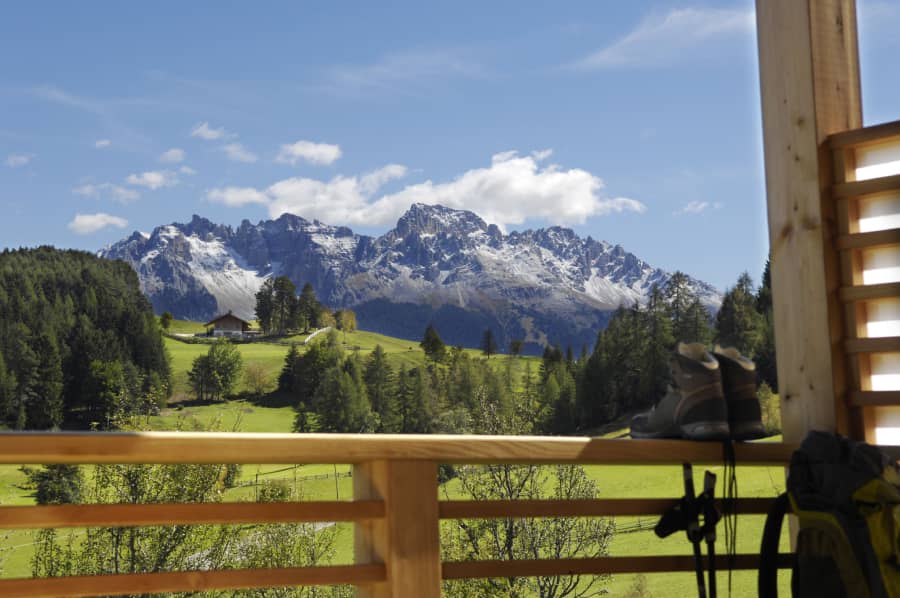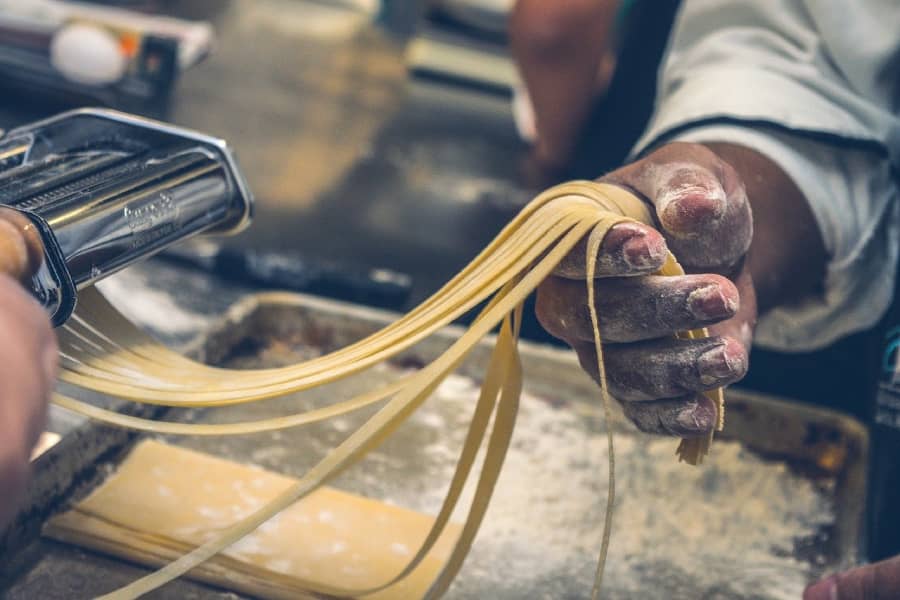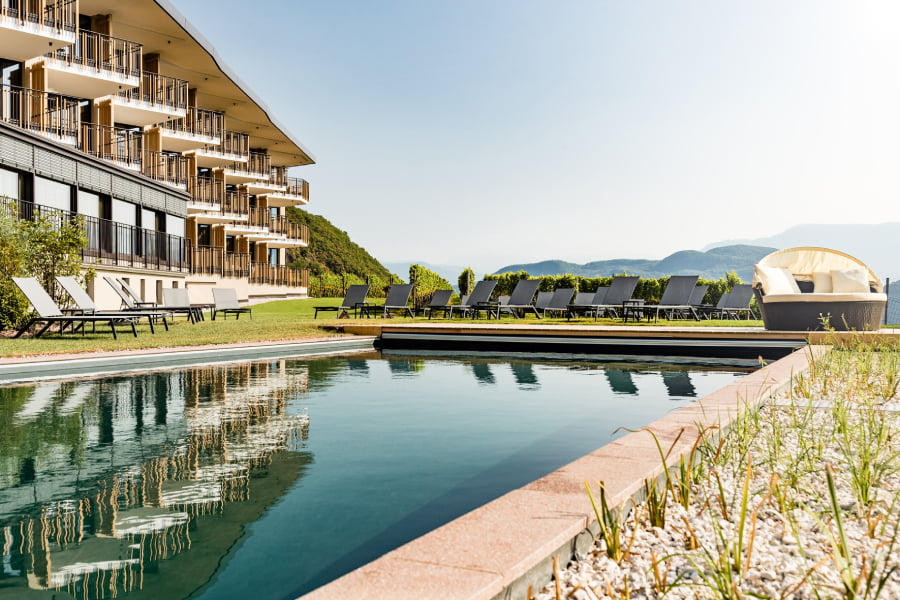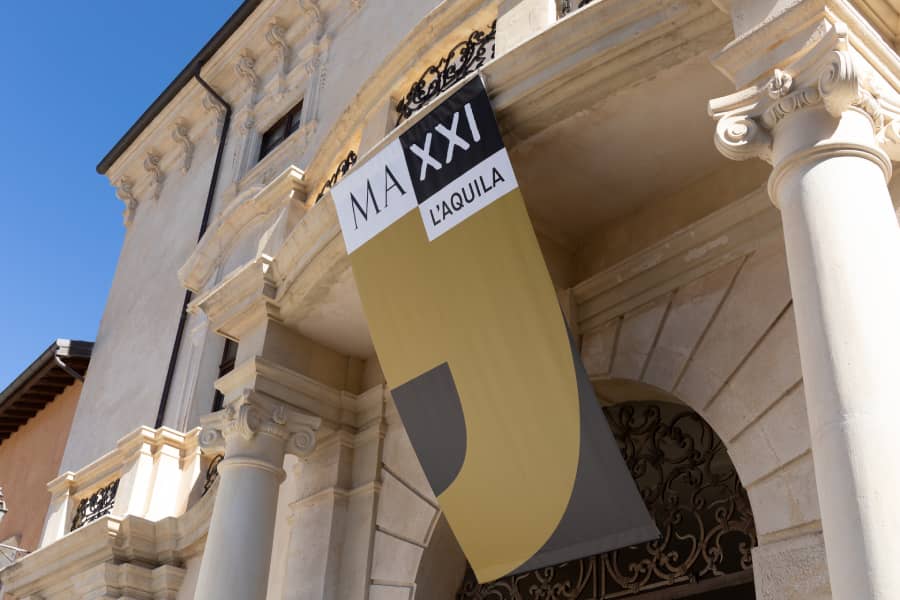
MAXXI L’AQUILA opens its doors at Palazzo Ardinghelli: a pole of contemporary creativity in a jewel of the Baroque.
Table of Contents
The MAXXI L’Aquila museum was born in Palazzo Ardinghelli, a laboratory dedicated to artistic and cultural production open to the territory and its energies. A space where the collections of art, architecture and photography of MAXXI, the National Museum of 21st Century Arts, will come to life together with temporary exhibitions, in-depth programs and educational projects. The intent of the project, in fact, is to contribute to the revitalization of the territory through culture by offering the community a new space for research, freedom and rebirth.
The new museum spaces were inaugurated with the great exhibition, “Punto di Equilibrio. Thought space light from Toyo Ito to Ettore Spalletti” curated by Bartolomeo Pietromarchi and Margherita Guccione in which the works created by 8 protagonists of the contemporary art scene interact with over 60 of the most iconic works of the MAXXI national collection. Symbol of the city’s rebirth, Palazzo Ardinghelli thus returns to life as a new pole of the contemporary.
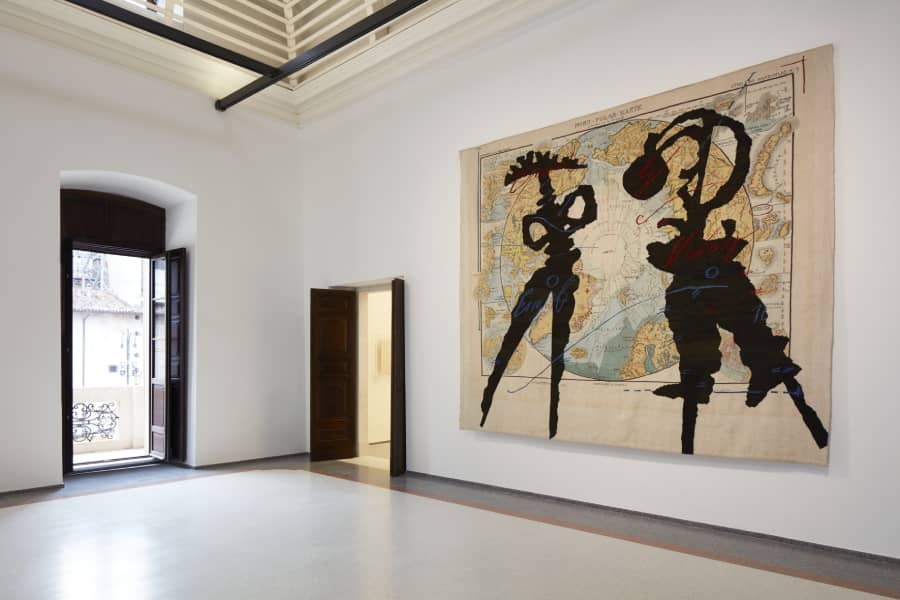
THE HISTORY OF PALAZZO ARDINGHELLI
Historic home of the homonymous family of Tuscan origin, the Palazzo is considered one of the greatest examples of the Baroque of L’Aquila and is the only one in the Region that has a facade with a balcony at varying levels. Located in the historic center, in Piazza Santa Maria Paganica, it was built between 1732 and 1743, after the great earthquake that destroyed the city in 1703. Designed by the Roman architect Francesco Fontana, son of the more famous Carlo, it is characterized by a porticoed courtyard from which the monumental staircase of Borrominian derivation starts, dominated by the paintings of the Venetian artist Vincenzo Damini, which represent the Four Continents and the Aurora, dated 1744. The internal courtyard that crosses the building, connecting Piazza Santa Maria Paganica and Via Garibaldi, makes the museum a public urban space open to the city, creating an ideal link with the MAXXI square in Rome, designed by Zaha Hadid, who unites two areas of the Flaminio district. In the first two rooms of the noble floor, two monumental fireplaces are displayed. On the opposite side, however, after the main hall, today the Sala della Aviaera, and a series of rooms set one inside the other, the circle of an ideal itinerary ends with the family chapel, where the specially designed work is exhibited. by maestro Ettore Spalletti. After the death of Filippo Ardinghelli, centuries of progressive decay began for the palace. At the end of the last century, it first housed the Magistrates’ Offices, then the Municipality Registry, until it was sold to the State Property and, at the end of 2008, entrusted to the MiC.
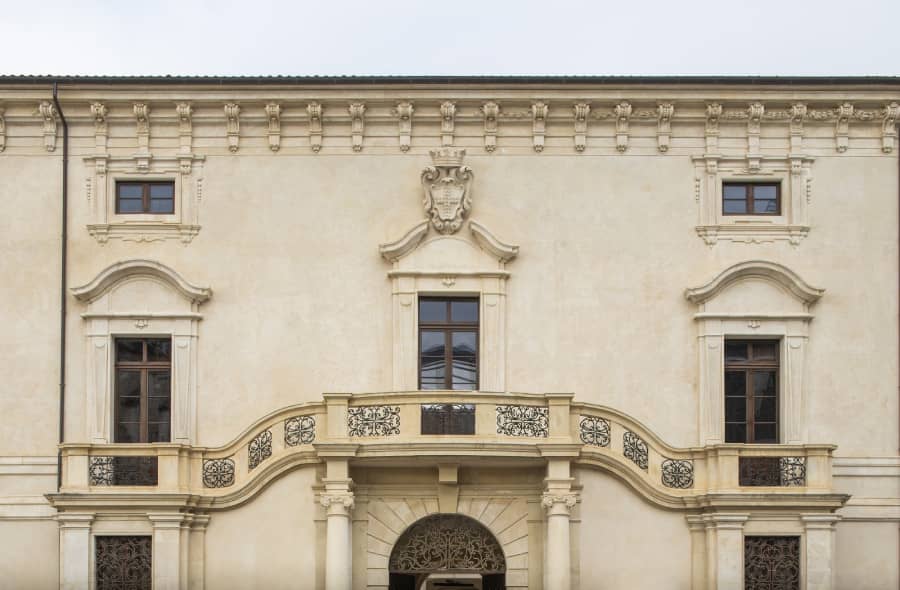
MAXXI L’AQUILA: RESTORATION AND MUSEUM DESIGN
It was difficult even to enter the courtyard of Palazzo Ardinghelli, in the aftermath of the earthquake of 2009. The strong shock of the night of April 6 had caused the walls of the courtyard to overturn, as well as various damage to the apparatus of the halls on the upper floor. due to the massive collapse in various points of the roof. In the race for international solidarity, the Government of the Russian Federation immediately identified two monumental assets to be adopted to ensure their restoration: the Church of San Gregorio Magno, in the hamlet of San Gregorio and, in the heart of L’Aquila, Palazzo Ardinghelli, which is A generous contribution of 7.2 million euros was earmarked. The MiC technicians subjected the Palace to a skilful restoration, consolidation, seismic improvement and partial reconstruction of the collapsed parts (such as the roof of one of the halls on the noble floor, the Sala della Aviaera, where the pavilion ceiling destroyed by the earthquake). The restoration has reserved “surprises”, with finds such as the stones of an ancient portal, or a painting on the ceiling of one of the rooms, probably a bedroom, which depicts two cherubs, or the decorations that can be seen on the external walls courtyard. This attention to the history of the building includes the preservation of the original luster plaster of the monumental staircase and that of the stone of the facade, which returns a very rare color. And, again, the restoration of a portion of the original floor, which inspired the geometries of the other floors created. The Regional Secretariat for Abruzzo (contracting authority) and the Single Superintendency for L’Aquila and the crater have carried out the impressive restoration project. And in recent years, in close connection with the MAXXI Foundation, through the establishment of a technical table that has seen these entities cooperate synergistically with constant inspections and meetings, they have made it possible to adapt the eighteenth-century spaces to the new exhibition function, dedicated to contemporaneity.
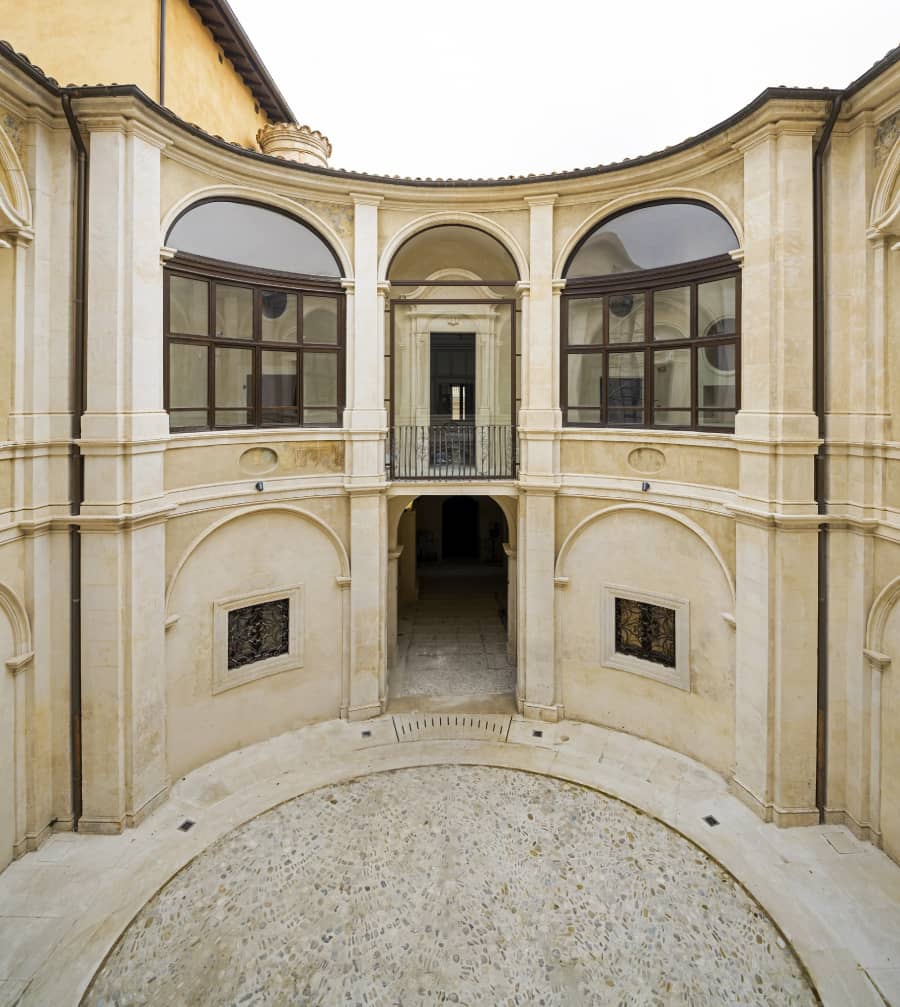
MAXXI L’AQUILA. THE MUSEUM FITTING PROJECT
The museum layout project for the new MAXXI AQUILA is a synthesis between the restoration of a historic building and the creation of a flexible and innovative infrastructure with the characteristics of our time. In the project, the two dimensions – history and present – coexist in a process of continuous interaction that does not form a single and defined image but represents an open exchange between the conservation work and the creation of a contemporary context through new functions that inhabit the historical architecture. The challenge of the project, which involved architects from the Superintendency and museum architects from MAXXI, was to integrate the historical identity of the building with its new intended use and its new life cycle as a museum organism.
MAXXI L’Aquila information and timetables
MAXXI L’Aquila is open from Thursday to Sunday (hours: Thursday 15.00 – 19.00, Friday – Sunday 12.00 – 20.00) with free admission for the inhabitants of L’Aquila and Abruzzo for the whole of 2021. For the entire duration of the exhibition Point of balance every Saturday and Sunday the visits will be enriched by a cultural mediation service by the Education Office and the Training Office of MAXXI, which makes the visit to the museum an active and participatory experience, with the students of the Academy of Fine Arts and the degree course in Cultural Heritage of the University of L’Aquila.
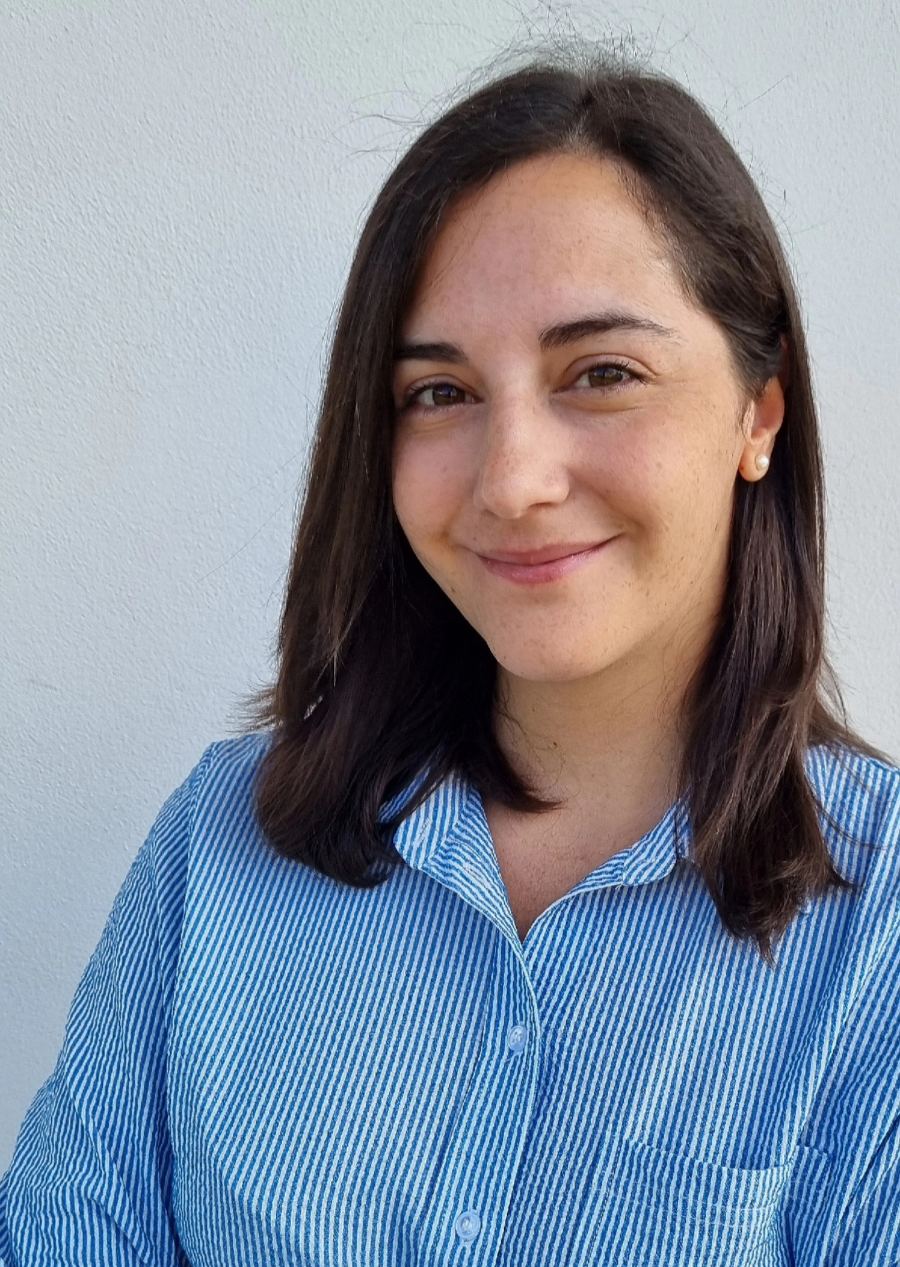
Viaggio e racconto il tuo territorio scrivendo di turismo, marketing territoriale e storytelling nel mio blog TripOrTrek



